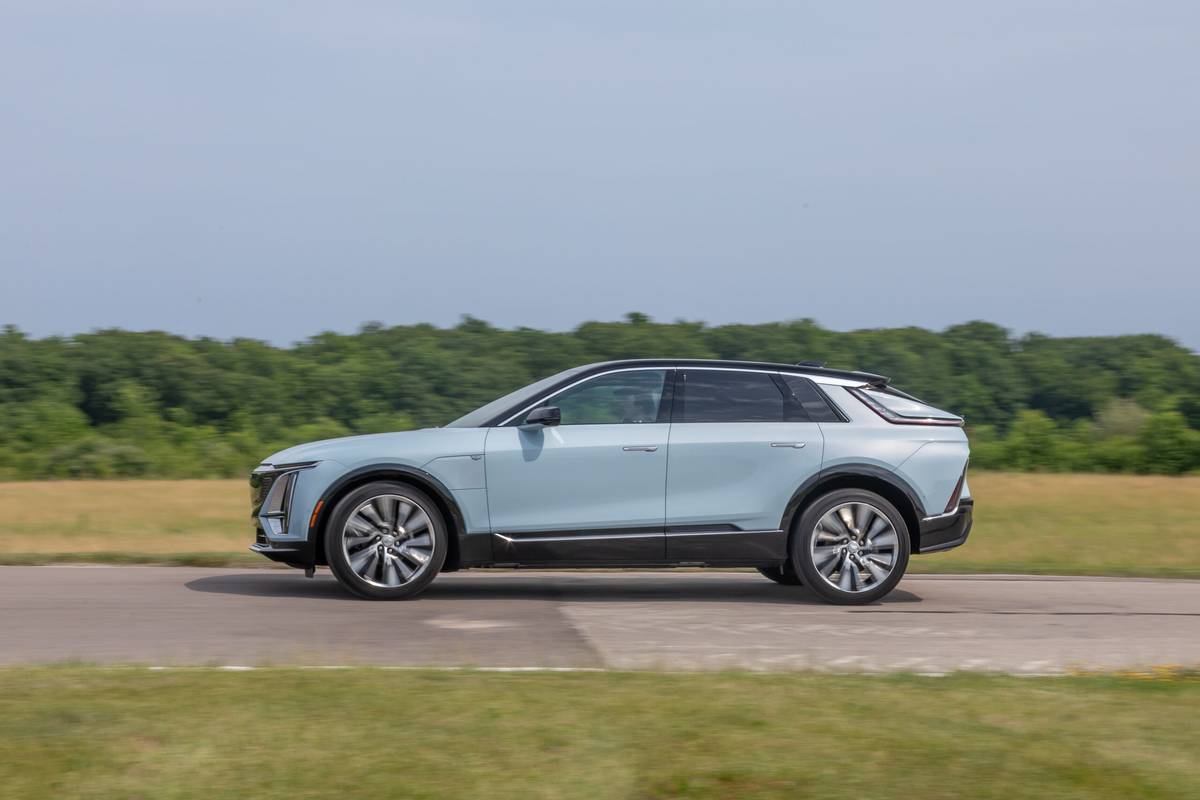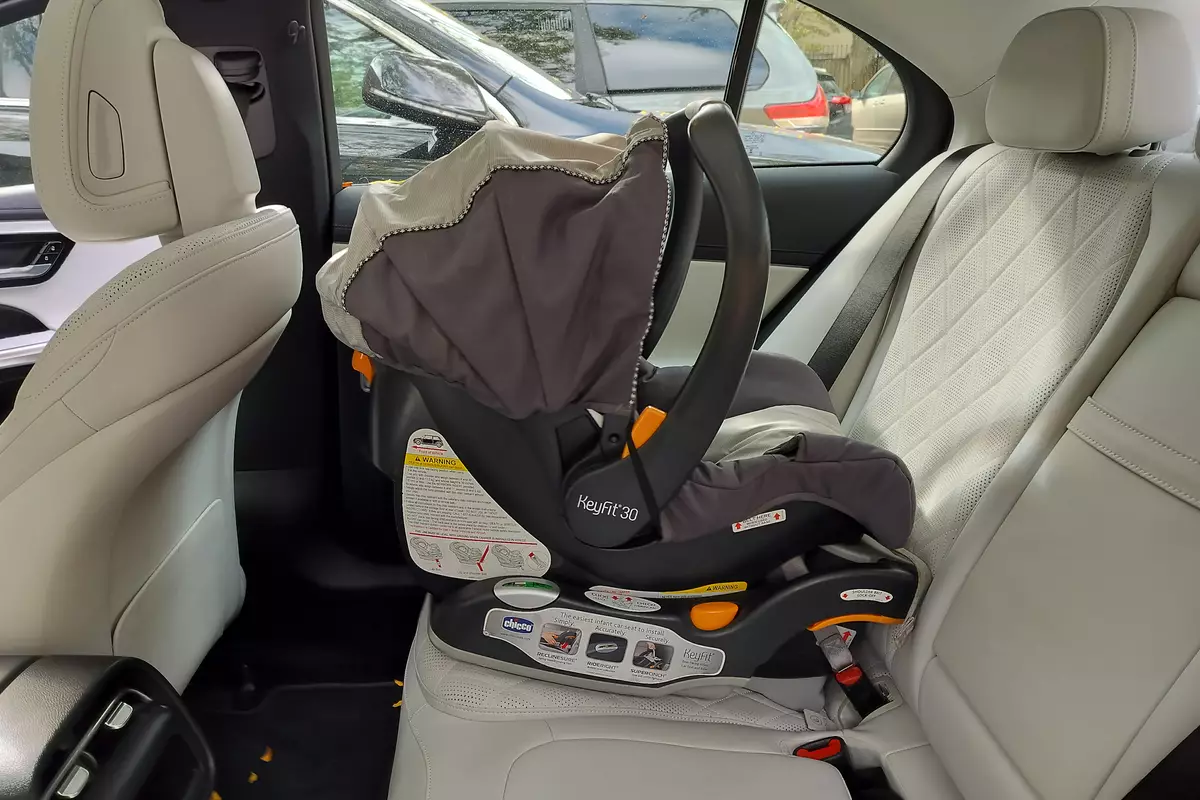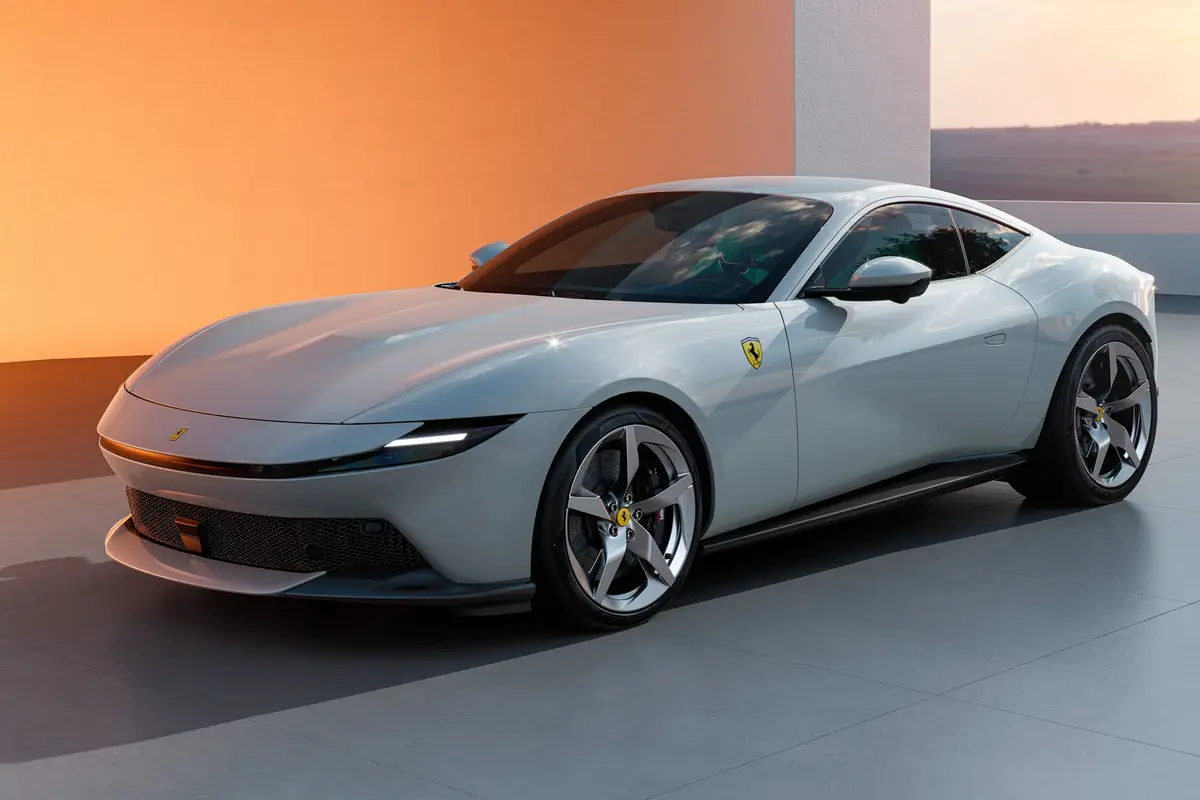Cincinnati.com's view
When a vehicle is getting towards the end of its useful life, many manufacturers resort to the smoke-and-mirrors approach; instead of creating it anew, they tweak the sheetmetal, apply gobs of makeup and announce it as “revised,” or “freshened”.
Honda took a radically different approach with its segment-busting small “crossover” machine, the CR-V.
They totally reinvented it, while keeping an astonishing family resemblance. The 2002 edition will be hard for most people to distinguish from the one that debuted in 1997, I’d venture, unless you see the two parked side-by-side. Honda’s styling in general tends to err on the side of conservative, but that also gives its product long-wearing abilities, too.
Body, chassis, engine, interior are all new for 2002 – one of the great machines made even better. (You’ll note I referred to it as a crossover machine – i.e., something between conventional wagon and sport-utility. I stand by that, even though Honda calls it a small SUV. That’s a term, I argue, better reserved for actual off-roaders, which this one does not even purport to be.) I also cringe at Honda’s referring to it as “entry-level”; no need for such a demeaning term – how about “sensibly-sized?”
The biggest point of criticism in the preceding series of CR-Vs was its barely-adequate power, so let’s start under the hood.
Gone is the old 2-liter engine, replaced by a 2.4. The extra displacement was allocated more to torque than horsepower, a sensible decision in this league. Torque is what we feel, whereas horsepower comes into play more at the top end, seldom a consideration in our speed-limited environment.
While horsepower jumped 10 percent, to 160 (way up at 6,000 rpm), torque bulked up an easily-perceptible 22 percent, to 162 foot-pounds, peaking at a more moderate 3,600 rpm.
That’s not even the whole story. For its beloved CR-V, Honda brought in a technology heretofore limited to its premium Acura division. In Honda’s quaint way of naming things, it’s called i-VTEC, and pairs the familiar variable valve timing and lift the company has used for years in the Honda line with variable engine timing. The “i” prefix thus stands for “intelligent,” don’tchaknow.
The net result is an engine that slogs and roars with equal facility, while using minimal amounts of fuel and barely fouling our air (the CR-V qualifies as a low-emission vehicle).
And of course in the populist Honda tradition, it needs only 87-octane fuel, at the rate of a gallon every 21 miles in the city, every 25 miles on the highway, by EPA’s reckoning, with the five-speed manual I tested. With the available four-speed automatic, the numbers are 22/26.
The five-speed is new. More enthusiastic drivers asked for that and a power bump, and Honda obliged, on both the base model LX and the spiffier EX I had.
To be sure, this is no sport wagon, but, with the bigger engine and greatly improved rigidity in the chassis, the CR-V has gone from serviceable to kinda fun. That wouldn’t be so if the manual shifter weren’t so well executed, with short, crisp throws and an unerring sense of where to go next. Sans the power-robbing automatic, my valiant little tester made it from 0-60 in well under nine seconds, which is a couple of seconds better than the last CR-V I flogged, and very respectable for the type. A six-cylinder engine might bring bragging rights, but the four-banger gets it done, getting a little raucous only when you ask for it by feeding gas past 4,000 rpm – which I did a lot, and still got 24.4 mpg.
The CR-V family starts at $19,260, freight included. That gets you a front-drive LX series with manual transmission. The pricier EX series comes with the five-speed ($21,960) or automatic ($22,760) and includes Honda’s trademarked Real Time AWD geartrain.
Even the least expensive entrant comes with the 2.4 engine, intermittent wipers, UV-resistant glass, front air bags, reclining rear seats, power windows and locks, cruise control, micro-filtration air conditioning, four-speaker AM-FM-cassette-CD entertainment center, rear defroster, remote rear glass hatch release and remote fuel filler release. One cool item that comes with the EX series is a power moonroof, previously unavailable. EXs also get alloy wheels, a six-speaker stereo and side air bags, which are available on LXs for about $300.
Crash-test results just became available from the National Highway Traffic Safety Administration, and it was like getting 1,600 on the SAT – the CR-V got top marks (5 stars) in every category – front and rear occupant protection in both frontal and side impacts. So well engineered is the safety cage that the side air bags made no difference, although I’d still want ’em.
The insurance industry testers have not yet released the results of their more-rigorous smashups. I’ll be particularly interested in seeing how the bumpers do, occupant protection being something of a given, based on the NHTSA exercises.
The Real Time AWD system lets the CR-V function as a front-drive machine so long as traction is good. By decoupling the rear axle, fuel savings are realized. When slippage occurs up front, the wheel sensors tell a computer the front wheels are starting to turn faster than the rears; the brains of the outfit then tells a hydraulic pump system to engage the rear clutch until equilibrium is reestablished.
No driver intervention is required, of course, but I found that unlike other species of all-wheel-drive, which constantly supply some torque to the rear, this one has a little lag and can be felt kicking in. In fact, with the new-found power, it’s possible to chirp the front tires from a standing start before the rears grab hold.
On very slick pavement, the system reacted quickly enough to inspire confidence, even when the driver was deliberately indiscreet in throttle application.
The CR-V’s 205/75/15 all-season tires hung on well on both wet and dry surfaces.
The brakes in this edition (both series) are all-disc, instead of the former disc/drum setup. Stopping distances were reassuring, and the antilock brakes (standard on EX, lamentably unavailable on LX) were quiet and efficient.
Ride quality over a variety of man-made surfaces was quite good, with excellent harshness filtration and relative insensitivity to larger pavement problems. The new-found torsional and bending rigidity pay off in both a solid handling feel and absence of rattles and buzzes.
The roll axis is managed with traction bars front and rear, but not so much that one forgets it’s 5 feet, 6 inches tall and thus more prone to roll than a ground-hugging coupe.
The stereo was decent, not impressive, with average tuner sensitivity and better clarity than presence.
The cabin is ergonomically advanced, with smooth-acting, well-designed controls. The parking brake handle is placed on the dash, next to the air-conditioning/entertainment stack. At first it seems peculiar, but after a while, you begin to wonder why nobody else does it that way – sure beats those dumb step-on parking brakes. CR-Vs are made in Saitama, Japan, with an attention to detail worthy of a much more expensive ride.
There were no additions to the tester, so final price, with freight, was $21,940. Payments on that would be $445, assuming 20 percent down, 10 percent interest and 48 payments. Edmunds.com finds that CR-Vs are being discounted a few hundred bucks, on average. No matter – even at sticker, they’re a buy.
“The Gannett News Service”
Latest news



